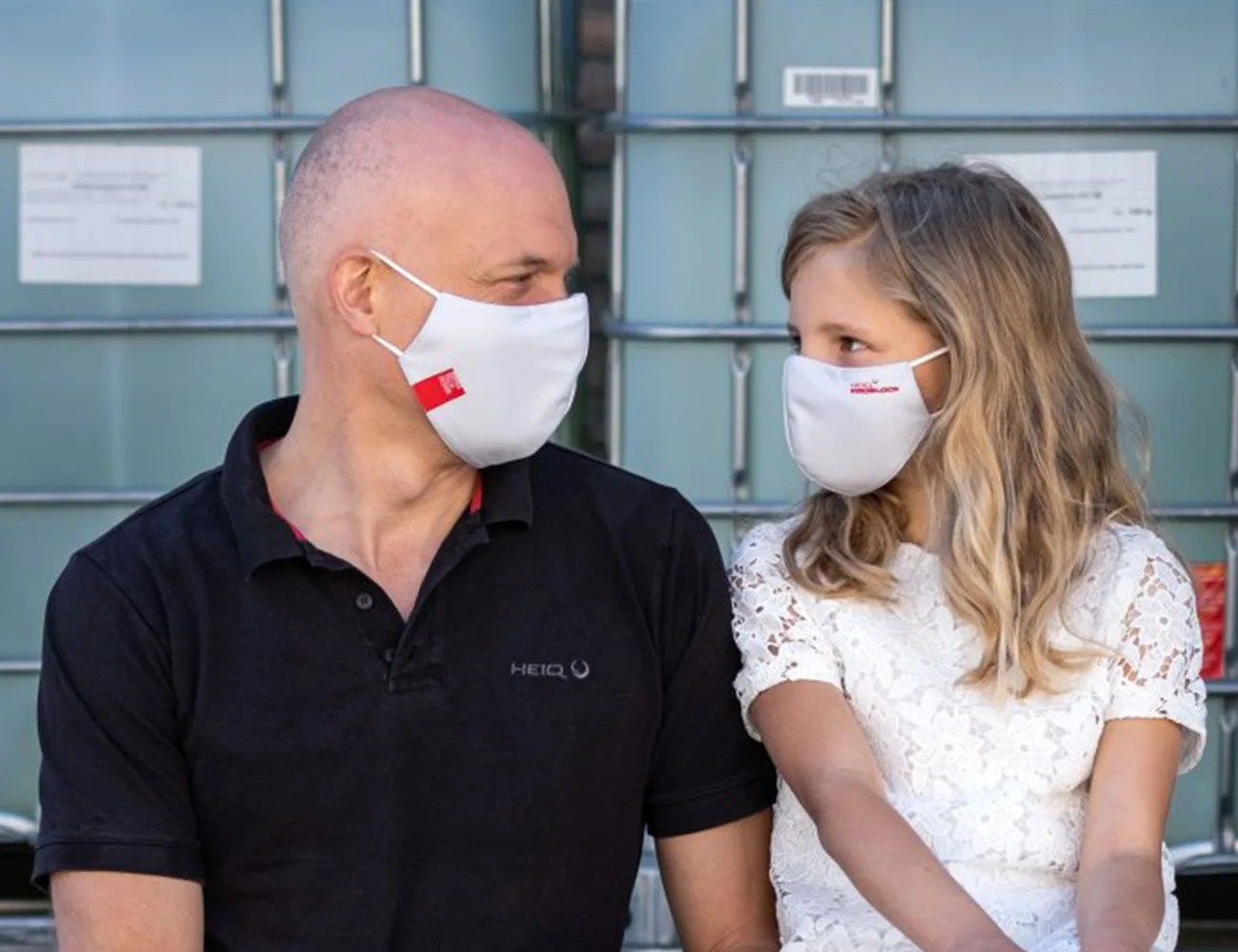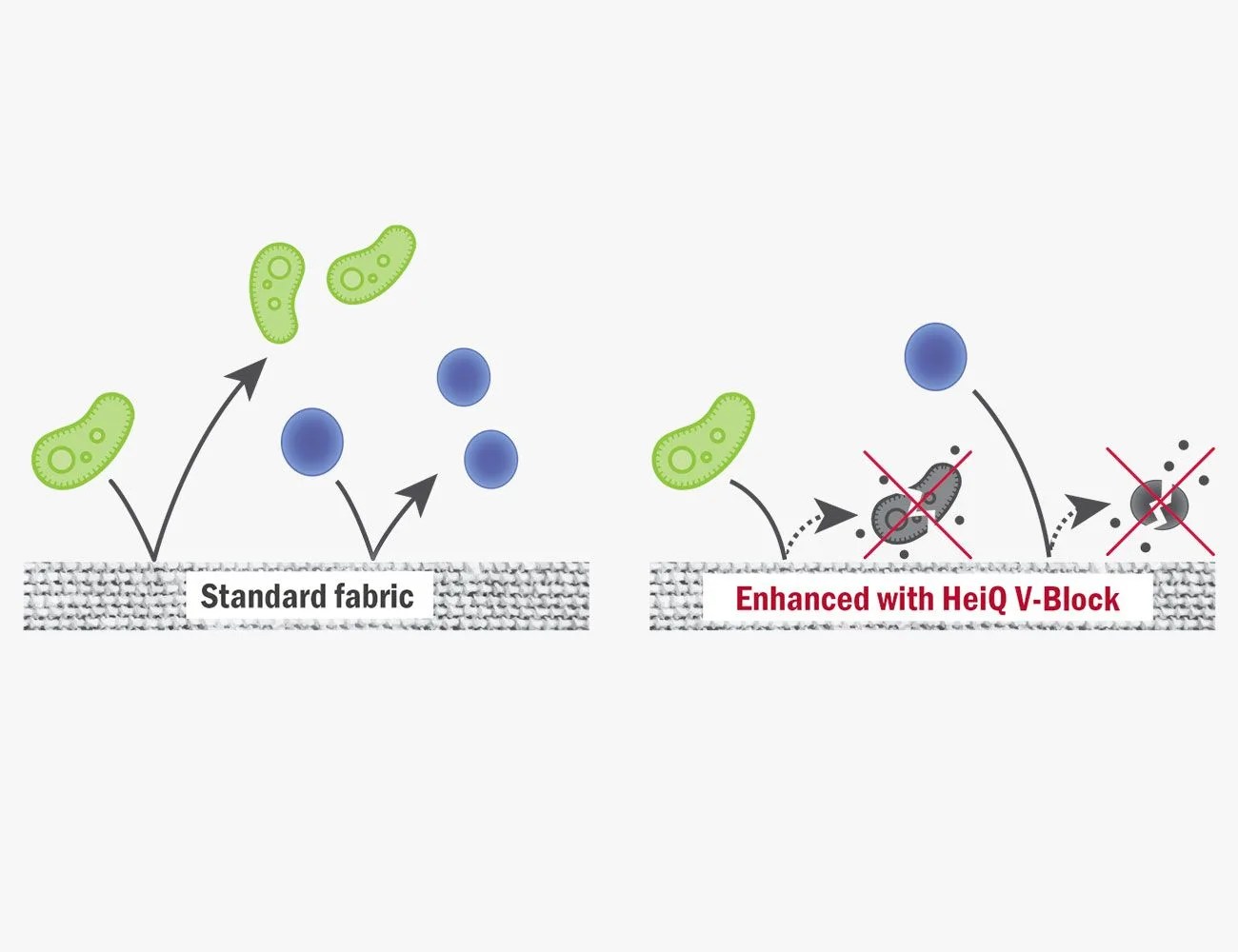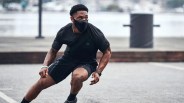Are you familiar with antimicrobial clothing? Over the last year, microbe-fighting fabric finishes have been incorporated into everyday wardrobe-essentials. Initially, these antimicrobial treatments — like Viroblock from Swiss chemical company HeiQ — were designed to help clothing prevent both odor and viral growth, but brands have shown increased interest in them due to the COVID-19 pandemic.
Currently, Viroblock is used to treat products from notable brands like Kenneth Cole and Outdoor Research. HeiQ created the fabric treatment in 2013 to enhance mask protection against Ebola. Its patent-pending formula is made up of silver and vesicle booster technologies which are added to textiles during the final stage of the manufacturing process.
According to ViroMasks, silver particles act as potent antibacterial and antiviral agents, and eliminate viruses upon exposure. The vesicle booster properties deplete viral membranes of cholesterol, neutralizing the virus (making it more vulnerable to silver ions).
“This technology was shelved because the need for antiviral textiles was non-existent,” says HeiQ’s CMO, Hoi Kwan Lam. “But in January 2020, our CEO saw signs of a pandemic and reactivated the product; re-testing it and then re-launching it on March 16th.” Since then, numerous brands have partnered with HeiQ to use Viroblock technology.

“In 2020, we onboarded more than 500 brands for HeiQ V-Block alone. Most are clothing brands using the tech on clothing, face coverings and accessories,” Kwan says. “About 150 styles of Viroblock infused products are already on the market.” The invisible coating has also proven effective on home textiles for furniture and even bedding or mattresses.
HeiQ has shown this additive eliminates SARS-CoV-2 upon contact and prevents it from spreading, and numerous brands have touted this angle over the past year. But, according to Dr. Ramon Sanchez, a Harvard Research Associate and Environmental Health expert, this isn’t a significant discovery.


